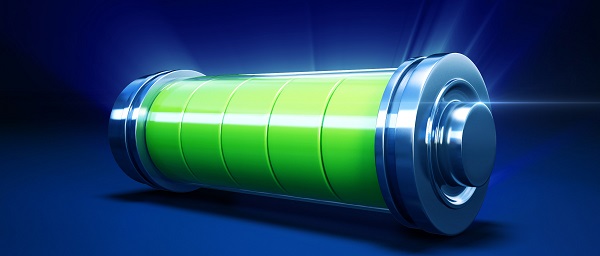PolymPart: Hydrogen fuel cells offer an attractive source of continuous energy for remote applications, from spacecraft to remote weather stations. Fuel cell efficiency decreases as the Nafion membrane, used to separate the anode and cathode within a fuel cell, swells as it interacts with water.

A Russian and Australian collaboration has now shown that this Nafion separator membrane partially unwinds some of its constituent fibers, which then protrude away from the surface into the bulk water phase for hundreds of microns.
The research team was led by a group in Russia together with Australian professor Barry Ninham from Australian National University in Canberra, a leading specialist in colloid and interface science.
The research team began this project to examine a proposed hypothesis that attributed a new state of water to explain swelling of the Nafion membrane. Instead, they are the first to describe the growth of polymer fibers extending from the membrane surface as it interacts with water. The number of fibers increases as a function of deuterium concentration of the water.
“To increase our understanding of these membranes, we needed to describe the molecular-level interaction of deuterated water with the polymer,” Bunkin said. “Now that we know the structure of the ‘exclusion zone’, we can tailor the Nafion structure and its electrical properties by studying changes induced by ion-specific (Hofmeister) effects on its organization and function.”
Nafion is the highest-performance commercially available hydrogen-oxide proton exchange membrane used to date in fuel cells. Its porous nature permits significant concentration of the electrolyte solution while separating the anode from the cathode, which allows the flow of electrons producing energy in the fuel cell.
The researchers found the membrane is specifically sensitive to the deuterium content in the ambient water by unweaving the surface’s structure. The polymer fibers extend from the membrane into the water. The effect is most pronounced in water with deuterium content between 100 and 1,000 parts per million.
For this study, the team developed a specialized laser instrumentation (photoluminescent UV spectroscopy) to characterize the polymer fibers along the membrane-water interface. Although the individual fibers were not observed directly due to the spatial limitation of the instrumentation, the team reliably detected their outgrowth into the water.
“The significance of this work may provide an entrée into some very fundamental areas of biology and energy production about which we did not have a clue,” Bunkin said.
source: http://www.chemeurope.com/en/news/161406/the-mysteries-of-polymer-strands-in-fuel-cells.html
